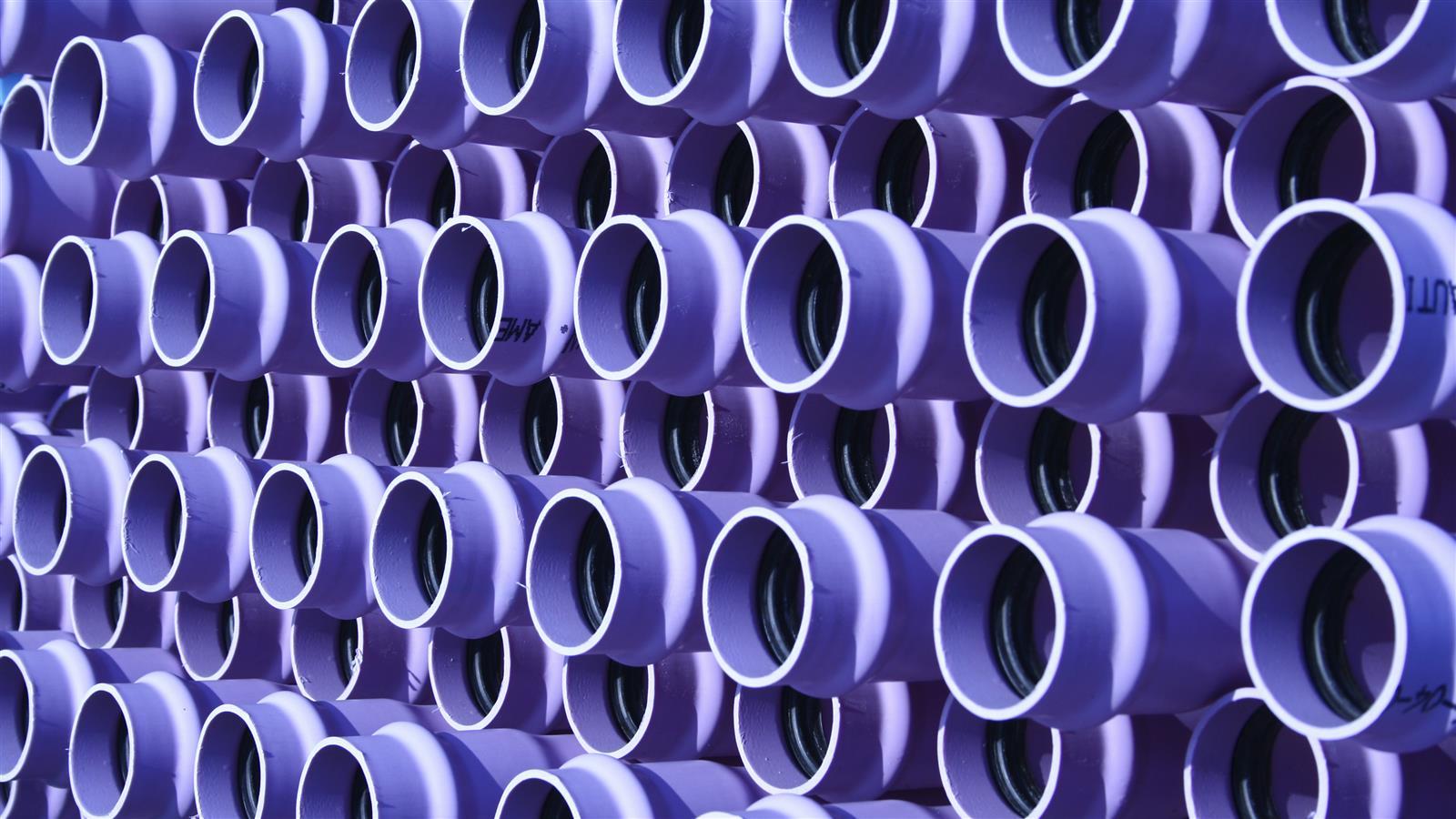Understanding if Water Reuse Makes Sense for Your Facility
Currently, Europe reclaims only about 2 to 3 percent of municipal wastewater, leaving tremendous potential for industries to tap into this underutilised water source. In 2015 the potential wastewater reuse volume by 2025 was estimated to be 6,000 million m³/y from the roughly 71,000 wastewater treatment plants operational in the 28 EU member states. Municipal effluent can be applied to numerous applications—including cooling towers, boilers, high-tech and prepared food manufacturing—to reduce the demand for increasingly scarce fresh water sources. In some locations, including the United States, Australia, and Singapore, purified reclaimed water is even used to supplement drinking water supplies. The following are considerations you should make if planning to use reclaimed water:
If you have these use cases and are ready to take the next step to investigate using reclaimed water, ask yourself these questions:
- How should we use the water? Potential water reuse options include land application/disposal, landscape irrigation, cooling and industrial reuse. These uses vary in required water quality and treatment cost. You will want to have the use cases defined before determining if reclaimed water is the right solution.
- What are the water flows at my facility? Facilities should start with a water survey that considers daily and seasonal use variations, assesses current and future water use (both quality and quantity), and determines potential combined uses of recoverable water. Reuse for cooling and irrigation, for example, will vary considerably depending on the season and weather conditions.
- What are future water demands? Reuse considerations should include a water-needs study to predict future demands and determine opportunities on an industry-wide basis. This will help predict total treatment needs and capacities for design purposes and help determine your return on investment.
- What is the public perception and acceptance of the type of reuse? The reuse of treated water will rely on acceptance of the end-user of the quality and reliability of the treatment technology, plant operations and continuity of “guaranteed quality,” including removal of unknown constituents that may be harmful. This is a critically important consideration and needs a business-based approach, as well as employee and customer education and programmatic methods to confirm acceptance—before implementation or construction of reuse technologies.
- What is in the wastewater? Sampling and analytical testing are needed during various process conditions to determine minimum, maximum and average loadings on the treatment system. These may include nontraditional analytical parameters, salinity, hardness, alkalinity, silica, cations and anions, especially if membrane treatment systems are considered. These process streams can vary considerably in biochemical oxygen demand; chemical oxygen demand; fats, oils and grease; total suspended solids; pH; temperature; and, salt concentrations.
- What waste disposal options are available? Water reuse must be compared to traditional discharge options. In reuse scenarios that use reverse osmosis and other membrane-based processes, the concentrated reject brine stream must be carefully managed and disposed. If this stream cannot be discharged into the publicly owned treatment works or surface water, then onsite evaporation or further concentration of the reject may be required, significantly increasing costs and the space required.
- What are the potential costs and savings? Reuse scenarios should be considered from a life-cycle cost perspective. Costs may include those for capital and operating and maintenance (with labor, electric/energy, chemicals and residuals disposal being the primary ongoing operational costs). Water reuse treatment costs depend on the water quality required. As the quality increases, the costs increase somewhat exponentially, and the level of technical competence required of facility operators increases likewise.

Water reclamation in Europe is still very low - offering a promising potential to save this precious resource.







